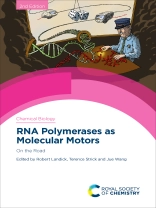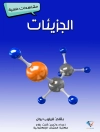To thrive, every living cell must continuously gauge and respond to changes in its environment. These changes are ultimately implemented by modulating gene expression, a process that relies on transcription by Nature’s most multivalent molecular machine, the RNA polymerase. This book covers progress made over the past decade understanding how this machine functions to compute the cellular state, from the atomistic structural level responsible for chemistry to the integrative level at which RNA polymerase interacts with the other key molecular machineries of the cell.
Tabela de Conteúdo
The Transition from Transcription Initiation to Transcription Elongation: Start Site Selection, Initial Transcription, and Promoter Escape;
Molecular Basis for Transcriptional Fidelity Control by RNA Polymerase II;
1RNA Polymerase as a Torsional Motor;
RNA Polymerase-associated Transcription Elongation Factors;
Rho Termination Factor: One Ring to Bind Them All;
Global Regulation of Transcription by Nucleotides and (p)pp Gpp;
Helicases and the Obstructive RNAP;
Transcription/Replication Conflicts, Resolution and Coregulation;
Using Single-cell RNA Measurements to Decipher the Stochastic Kinetics of Transcription;
Molecular Dynamics Simulations and Kinetic Network Models Elucidate RNA Polymerase Transcription Elongation Mechanisms












